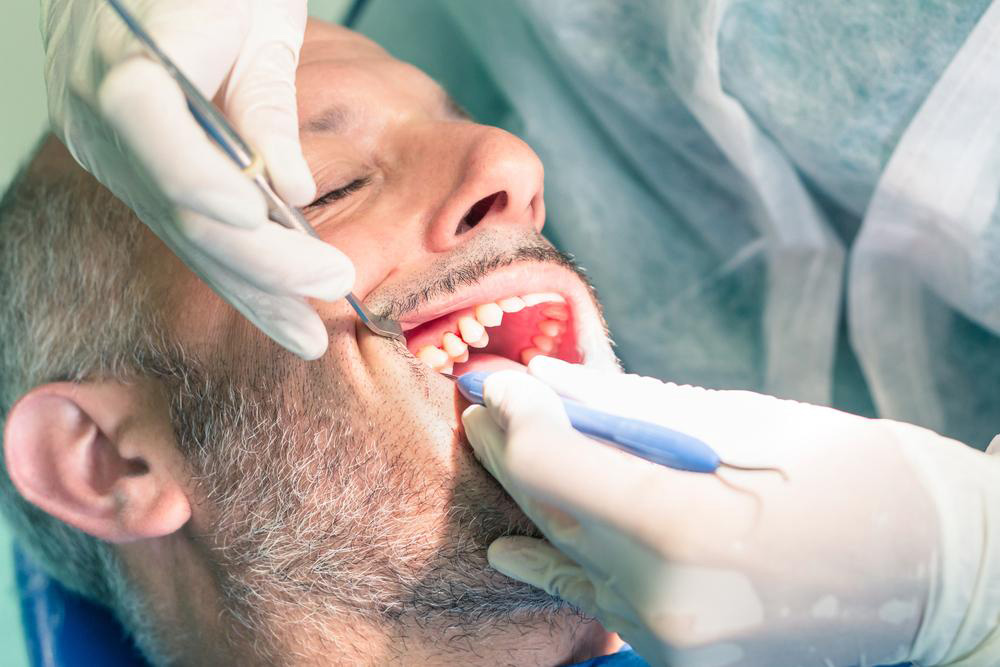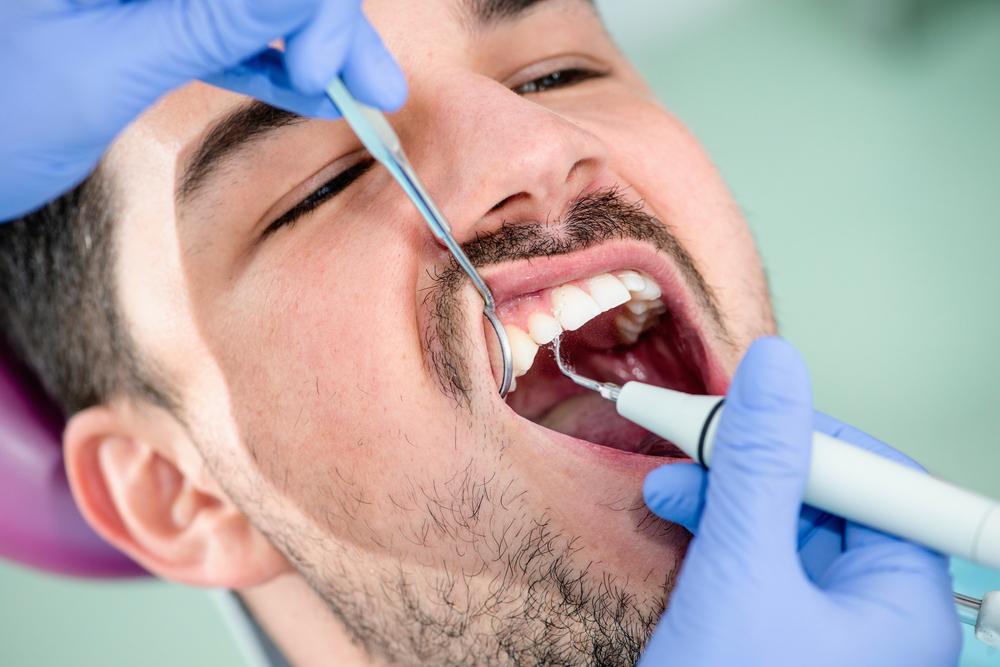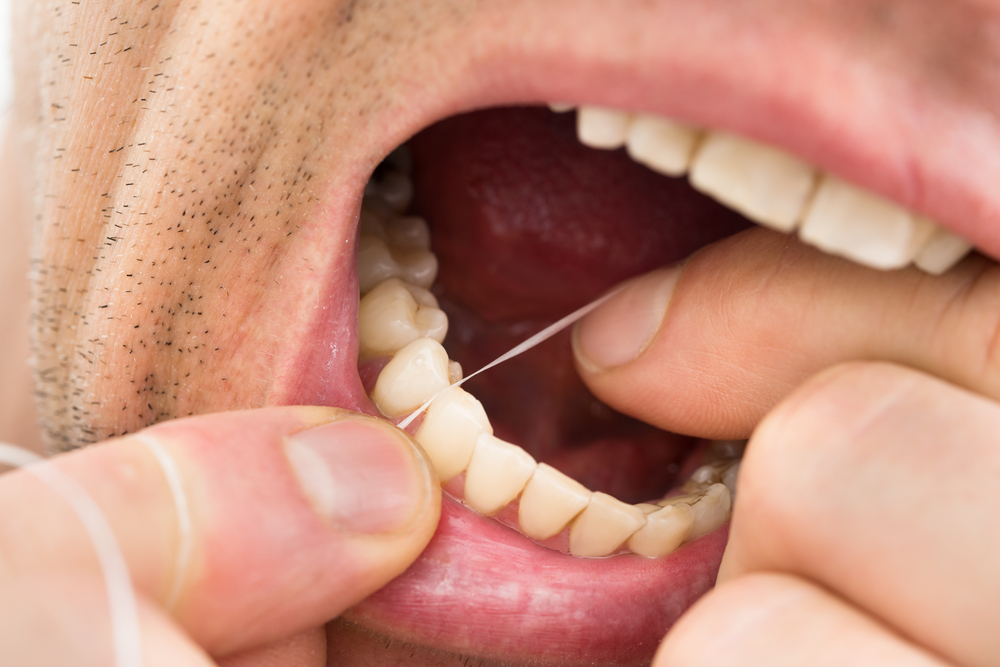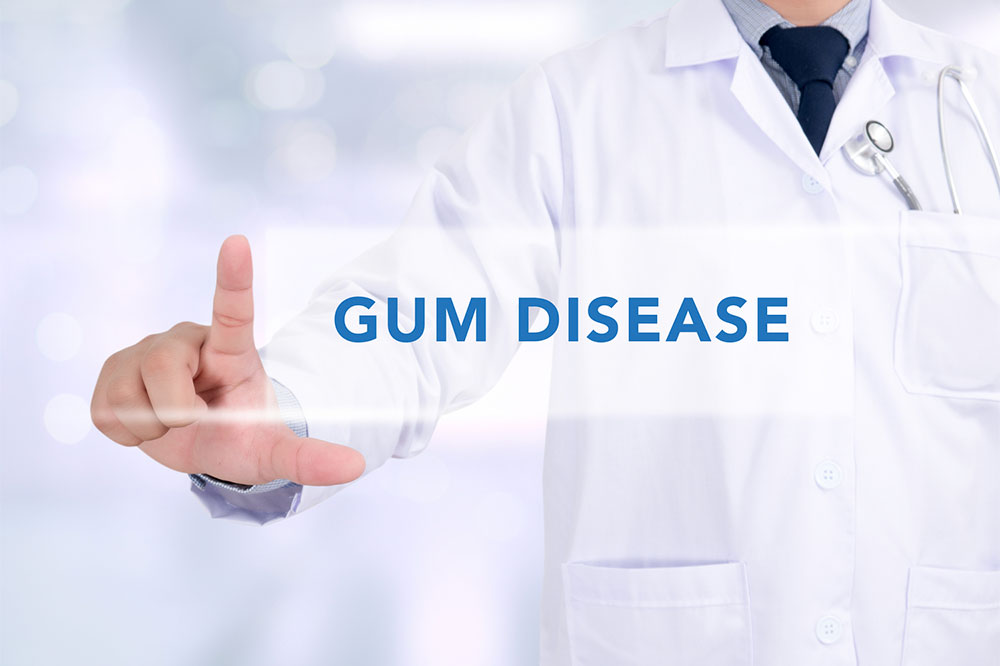Effective Strategies for Preventing and Removing Dental Plaque to Maintain Oral Health
Learn comprehensive, effective strategies to prevent and remove dental plaque. This article covers proper brushing techniques, daily flossing, use of tartar-control products, and professional dental care tips to maintain healthy teeth and gums. Consistent oral hygiene practices are crucial for preventing cavities, gum disease, and tartar buildup, ensuring a bright and healthy smile for years to come.

Dental plaque is a sticky, colorless or pale yellow film that constantly forms on the surfaces of teeth, especially along the gum line. Composed of bacteria, food debris, and saliva, plaque is a primary contributor to dental issues such as cavities, gum inflammation, and periodontal disease. If not removed regularly, plaque can harden into tartar (also known as calculus), which further entrenches bacteria and complicates cleaning efforts. Maintaining optimal oral hygiene is critical to preventing these problems and ensuring a healthy, radiant smile. Implementing effective plaque control strategies can significantly reduce the risk of costly dental treatments and promote overall well-being.
Understanding the nature of dental plaque and adopting comprehensive oral care routines are essential steps toward achieving and sustaining oral health. This article explores the most effective methods for preventing and removing dental plaque, including proper brushing techniques, daily flossing, use of specialized dental tools, and the importance of routine dental visits. By integrating these practices into daily life, individuals can enjoy fresher breath, healthier gums, and a brighter smile for years to come.
What Is Dental Plaque and Why Is It a Concern?
Dental plaque is a biofilm that constantly forms on your teeth throughout the day. It begins forming shortly after brushing, making it a persistent challenge for maintaining oral health. This film contains a variety of bacteria that feed on sugars and carbohydrates from food particles. As bacteria multiply, they produce acids that attack tooth enamel, leading to cavities and decay. Additionally, plaque irritates the gums, causing inflammation, redness, and bleeding, which can progress to gum disease if left unchecked.
One of the key issues with plaque is its ability to harden into tartar, especially along the gum line or in hard-to-reach areas. Tartar is much more difficult to remove and requires professional dental cleaning. This hardened formation acts as a breeding ground for bacteria, further exacerbating oral health problems. Therefore, regular removal of plaque before it hardens is critical to prevent dental issues and maintain healthy teeth and gums.
Effective Techniques for Removing Dental Plaque
1. Proper Brushing Practices
Brushing remains the cornerstone of plaque control. Using a high-quality, soft-bristled toothbrush is recommended to avoid damaging gums while effectively cleaning the tooth surfaces. Replace your toothbrush or toothbrush head every three months or sooner if the bristles become frayed. For optimal results, brush at least twice daily for two minutes each session, ensuring you cover all areas of your mouth.
Employing the right brushing technique is vital. Use gentle, circular motions to clean along the gum line, focusing on the areas where plaque tends to accumulate. Be sure to brush the chewing surfaces and the inside surfaces of teeth. Additionally, don’t neglect cleaning your tongue, as bacteria on the tongue can contribute to bad breath and microbial buildup. Using a toothpaste that contains mild abrasives and fluoride can help in both removing plaque and strengthening enamel.
2. Daily Flossing and Interdental Cleaning
Flossing is an indispensable part of oral hygiene that reaches areas a toothbrush cannot. Traditional dental floss can effectively dislodge debris and plaque from tight spaces between teeth. For those who find flossing challenging, water flossers offer a gentle and efficient alternative. Regular flossing reduces the buildup of plaque and food particles, preventing cavities and gum inflammation.
In addition to flossing, using interdental brushes or toothpicks can help clean around dental work, braces, or other appliances. These tools enhance the removal of stubborn plaque and debris, ensuring cleaner, healthier teeth. Incorporating daily interdental cleaning into your routine can drastically reduce plaque accumulation and improve overall mouth health.
3. Tartar-Control Toothpaste and Oral Care Products
Using tartar-control toothpaste containing mild abrasive agents can prevent plaque from hardening into tartar. These toothpastes are specially formulated to reduce mineral buildup and are most effective when used alongside proper brushing and flossing. Look for products with fluoride for added protection against cavities and strengthened enamel.
Some toothpaste varieties also contain ingredients that promote gum health and reduce inflammation. While over-the-counter products can do much to prevent plaque and tartar, regular dental check-ups are essential for professional cleaning and early detection of any issues.
Additional Tips for Maintaining Oral Hygiene
Besides daily brushing and flossing, consider the following to optimize oral health:
Visit your dentist regularly—ideally every six months—for professional cleaning and examination.
Limit sugary and starchy foods, which feed harmful bacteria in plaque.
Stay hydrated to help wash away food particles and bacteria.
Use antimicrobial mouth rinses to reduce bacterial load and freshen breath.
Employ dental tools like interdental brushes and water flossers regularly for comprehensive cleaning.
Concluding Remarks: Consistency Is Key
The battle against dental plaque requires a consistent and thorough oral hygiene routine. Proper brushing, daily flossing, and the use of effective dental care products are essential strategies to prevent plaque buildup, tartar formation, and subsequent dental diseases. Remember, visiting your dentist regularly is equally important for maintaining oral health and catching problems early.
By adopting these proven methods and maintaining discipline in your daily oral care routine, you can enjoy healthier teeth and gums, fresher breath, and a more confident smile. Investing time in your oral hygiene today ensures long-term benefits for your dental health and overall wellness.





